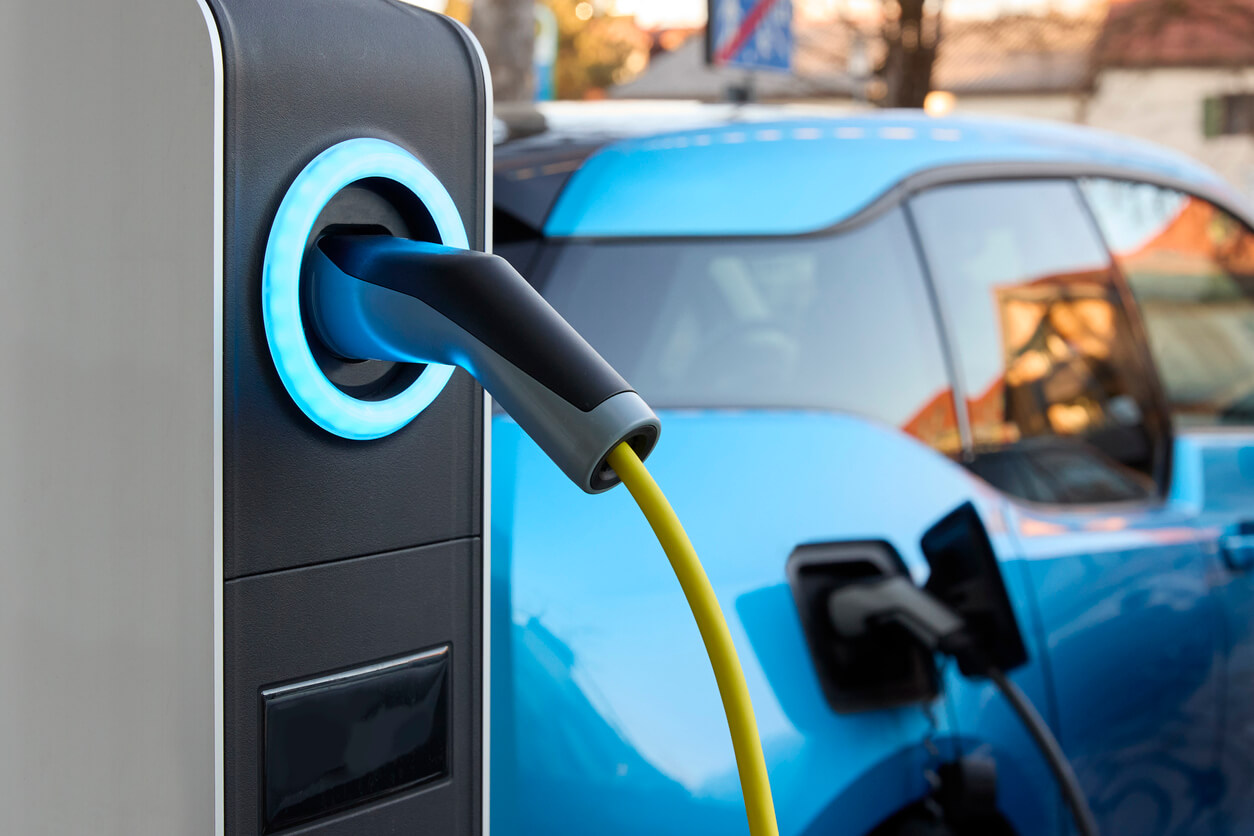If you’re thinking about buying an electric car, some of the technical terms can be difficult to understand.
We want to make it as easy as possible for you to switch to an electric car, so here’s our jargon buster to help you out.
We’ve rounded up 10 common terms that you’re likely to come across on your electric car journey.
Range anxiety
This is a term you’ll come across a lot when you’re researching electric cars.
Range anxiety is the fear that you’ll run out of battery power before you get to your destination or reach a charger.
While it’s a common phrase, there’s not much to worry about because most electric cars have very accurate range that tells you how many miles you’ve got left before you need to charge.
The majority of electric cars also have built in sat-navs or an app that will direct you to the nearest charging point before you run out of juice.
AFV
AFV stands for Alternatively Fuelled Vehicle.
In other words, it’s a vehicle that runs on something other than petrol or diesel.
AFVs are powered by fuel sources like electricity, solar, biodiesel, ethanol, propane, compressed air, hydrogen, and liquid natural gas.
Spending less on fuel and reducing carbon emissions are some of the main benefits of using and AFV.
BEV
A Battery Electric Vehicle – a car that gets its power solely from a battery, that you charge by plugging it in.
This is probably the type of car you’re interested in if you’re thinking of going electric.
BEVs don’t omit any CO2 and when the battery runs out of power they stop.
The Government is banning the sale of new petrol or diesel cars by 2030 and hybrid vehicles by 2035, which means you’ll only be able to get around if you’re powered solely by electric.
Hybrid
A hybrid is a petrol or diesel car that has a battery and electric motor to help it be more efficient.
It works by capturing the energy that’s usually wasted when you slow down or brake and puts the motor in reverse, so it becomes a generator.
That energy is used to power the car when restarting after you stop or if you want a bit more acceleration.
To improve efficiency further, you can get a plug-in hybrid, that uses mains electricity to charge a larger battery.
This allows you to use the electric motor more and even turn the petrol engine off completely for shorter journeys.
Degradation
Degradation happens when electric car batteries get old and lose some of their capacity to hold power.
It can be caused by extreme cold or heat and it’s a good idea to learn about how to protect your battery.
The good news is most batteries in modern electric cars are built to last and will provide you with a useful range for the lifetime of the vehicle.
You can check the condition of your battery by checking the State of Health (SoH) on the car’s menu.
ICEd
ICE stands for Internal Combustion Engine, or in other words, a petrol or diesel car.
When an ICE parks in a space with an electric charging point it really upsets electric car drivers. This is known as being ICEd.
Rapid charging
This is the fastest way to charge your electric car.
It’s usually the most expensive but should be cheaper than filling your car up with petrol or diesel.
You can find rapid chargers at service stations or public charging points and are best used to top your battery on long journeys.
A rapid charger can top your battery up to 80% capacity in 20-40 minutes.
Regenerative braking
Regenerative braking is a really clever feature on electric cars.
As soon as you take your foot off the accelerator pedal, the motor goes into reverse and becomes a generator, harnessing the energy to top up the battery.
WLTP range
This is an official figure that tells you how far your electric car can travel between charges.
However, it’s not as simple as that – there are a lot of other factors that influence the range you can get out of your electric car.
You won’t fully know the true extent of your car’s range until you try it yourself.
Things like motorways, hills, cold weather and driving fast all eat up your battery’s power.
WLTP stands for Worldwide harmonised Light vehicles Test Procedure, which is an assessment that takes real world conditions into account when estimating the range of electric vehicles.
It’s good practice to knock around 20% of this figure to get an idea of what distance your electric car can comfortably cover.
kW and kWh
A kilowatt is a unit of electricity used in all sorts of measurements for electric car owners, from battery size and energy efficiency to charging speeds and energy costs.
A kilowatt (or 1,000 watts) is roughly the amount of power needed to run a small electric heater. So, if you switched on that heater for an hour, you’d use 1kWh of energy.
According to Electrifying.com, an average electric car, has a 52kWh battery, so should be capable of powering the heater for 52 hours.
Instead, it’s used to power a motor which will take an average electric car 242 miles.
That means it uses 0.21 kWh per mile – which is its measure of efficiency, in a similar way to miles per gallon in a petrol car.
The kW can also indicate how fast a car will charge and how much it will cost.




